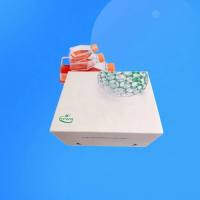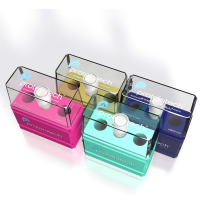Electrofusion of Mammalian Cells
互联网
510
Electrofusion has developed into an extremely efficient method for the fusion of mammalian cells. Cell-cell fusion has become an important tool for the study of cell biology, molecular biology, and bioproduction of important biological substances. Although other fusion methodologies have been successfully used, most have inherent disadvantages. Chemical fusogens, such as polyethylene glycol (PEG), are relatively efficient inducers of fusion. However, viability of the resulting cells is reduced owing to the toxicity of the fusogenic chemical (1 ,2 ). Alternatively, use of attenuated fusogenic virus (i.e., Sendai) has also provided efficient fusion rates. However, batch-to-batch variability in fusion rates is a significant disadvantage of this technique. Electrofusion provides both extremely efficient fusion rates using a wide variety of mammalian cell types and high postfusion survival. Although the parameters for each new cell type used must be empirically determined, electrofusion can be applied to a wide range of cells because of dielectric properties that can be induced in most cells. Indeed, there are no known electrofusion resistant cells (3 ,4 ).








